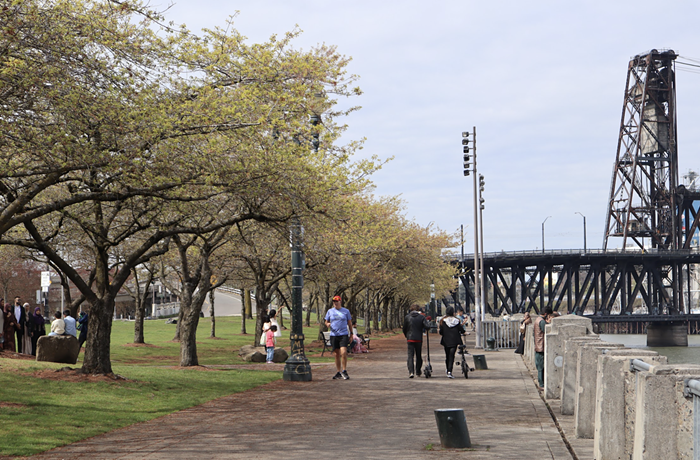If you ask someone in Oregon what they think about people from California, and they’ll probably say, “I want them to stop moving here, driving up real estate prices, and clogging my commute.” Actually, it’s more likely the person will mumble something about how much it rains here, which means that the person is from California.
Ask someone what they think about California cannabis, and you may get a blank look. Oregon is pretty much drowning in top-shelf flower, to the extent that some estimates believe we’re exporting to other states three to five times what we consume here. So we don’t really think all that much about what’s going on down south.
But it may behoove Oregon to start looking at what California has planned for their recreational cannabis program rollout under Proposition 64. Oregon has had an adult-use cannabis program in effect since July 1, 2015. On January 1, 2018, California begins theirs.
California already has a booming medical marijuana program, which was established in 1996 and is the oldest medical program in the country. It came about in large part as a response to the AIDS crisis, when cannabis was one of the few products—pharmaceutical or otherwise—to offer relief to those suffering the syndrome’s effects. Prior to that, the general consensus was that the best weed in North America came from the famed Emerald Triangle in Northern California, comprising Humboldt, Mendocino, and Trinity Counties. (Cue uproar from Oregon cannabis growers.)
And California’s booming medical cannabis program is pretty much a sonic boom. Marijuana Business Daily reported a year ago that they estimated California had 2,756 dispensaries with a combined revenue of $844.4 million between April 2015 and March 2016. More recently, Arcview Group issued a report stating that “California accounted for 27 percent of the 2016 legal cannabis market in North America,” with Colorado accounting for 20 percent, and Washington at 11 percent. (Data for Oregon was not provided.)
California’s marketplace is certainly larger. As of 2017, Oregon has a population of 4.046 million people, and a gross domestic product (GDP) of $207 billion dollars, which places it as the 24th largest state economy in the US. As of 2016, California had a population of 39.5 million and a GDP of $2.46 trillion, making its economy the sixth largest economy in the world. Obviously, more people with more money equals more cannabis sales.
But is it safe? In February of this year, KNBC in Los Angeles did an investigation in which they purchased 44 samples of marijuana products—flower and vape cartridges—from 15 dispensaries in Los Angeles, Orange, Riverside, and San Bernardino counties. The results concluded, “Steep Hill Labs found 41 out of 44 samples, 93 percent, tested positive for pesticides, at levels high enough that those products would’ve been banned for sale in some other states that currently regulate the use of pesticides in marijuana products.” One vape cartridge company had 355 times the amount of myclobutanil, a fungicide, than would be allowed in some other states with cannabis testing and pesticide limits.
This isn’t a wholesale indictment of the cannabis produced in California by any means, as I have tried some next-level organic offerings that were stunning in taste, appearance, and effects. And there are many excellent cannabis companies doing extraordinary work in the Golden State—I’ve been privy to some as-yet-unreleased cannabis products that were designed in California, and the innovation they demonstrate is quite impressive. Some great things are in the pipeline.
I’m about to take a trip to both Northern and Southern California this week. I’m scheduled to check out some cannabis events and talk with industry players about what they see for 2018. I may even get to check out a cannabis speakeasy, where, much to the shock of Oregon lawmakers, people are gathering in a structure with walls and roof in order to consume cannabis, and there seem to be no horrendous results for the attendees or the surrounding community.
Stay tuned as I journey south.












